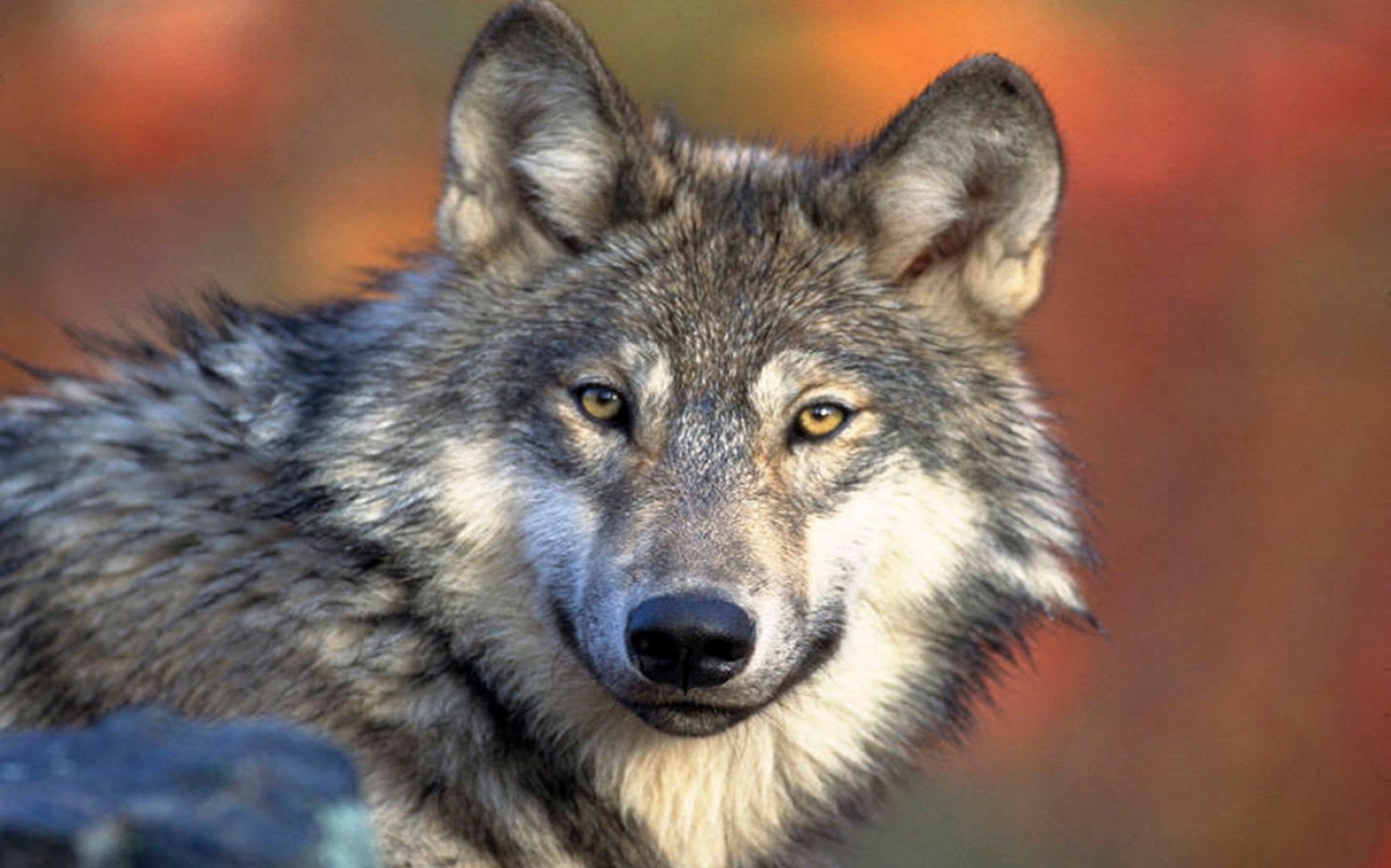Michigan filed its appeal Friday with the U.S. Circuit Court of Appeals in Washington, D.C., a day after Wisconsin did the same. The U.S. Fish and Wildlife Service filed notices earlier in February to strip legal protections for the species, which it said has exceeded recovery goals. This was the latest of four attempts since 2003.
In December, U.S. District Judge Beryl Howell said the management plans of the three states that allow sport hunting of the wolf (Wisconsin, Michigan and Minnesota) don’t provide enough protection, and noted that the animal had not repopulated its historic range.
The gray wolf was removed from the endangered species list in 2011 following a decades-long federal government campaign to repopulate the animals after they were nearly wiped out in the early 20th century. After its removal from the endangered list, management of the species was turned over to state wildlife agencies.
The population of gray wolves is estimated at 3,700 in the Great Lakes region and less than 17,000 nationwide, with by far the largest population in Alaska.
Unlike states in the Great Lakes region, Oregon did not allow hunting even as the gray wolf began to repopulate the area. Officials in Oregon's Department of Fish and Wildlife said Tuesday that its gray wolf population has grown to at least 77 animals over the past six years. Gray wolves first began returning to Oregon in 2008 and have spread across the Pacific Northwest state and begun breeding.
“The wolf population continues to grow and expand, and for the first time we’ve had wolf reproduction in southern Oregon,” Michelle Dennehy, spokeswoman for the state wildlife department, said. “And we had eight breeding pairs last year. We also documented six new pairs of wolves, and 26 pups.”
Conservationists lauded the comeback, while warning against policies in other states that allowed wolf hunting. “For the third year in a row, Oregon was the only state with a meaningful wolf population that did not (hunt) wolves,” Rob Klavins, Northeast Oregon Field Coordinator for conservation group Oregon Wild, said in a press release on Tuesday.
“Instead, thanks to a historic legal settlement, the state focused on conservation, education and non-lethal conflict prevention,” Klavins continued. “Oregon is a model for the rest of the country. While the wolf population continued to grow, conflict (attacks on livestock) continued to stay low. That stands in direct contrast to places like Idaho, Wyoming, and Washington that showed killing only increases conflict.”
A recent study by a researcher at Washington State University found that killing wolves that hunt livestock leads to more attacks on livestock. That’s because it is usually breeding pairs, alpha male and females, who feed on rancher’s animals. The alpha pair prevents breeding in the rest of the pack, so if one or both are killed, the rest of the pack will breed and likely feed on livestock.
Protection of livestock motivated the eradication campaign in the early 1900s. The livestock lobby complained that their land was becoming “breeding grounds” for wolves and in 1906 convinced the U.S. Forest Service to allow them to clear cattle ranges of wolves, according to a PBS report. By mid-century, the animal was nearly wiped in the Lower 48 states. In the late 1960s, research on the crucial role that predators play in ecosystems led the scientific community to change its view of gray wolves. In 1973, the species was listed under the Endangered Species Act.
Critics of the 2011 decision to delist the gray wolf said it was motivated by politics, not science. Hunting interest groups such as Safari Club International and Sportsmen for Fish and Wildlife; and the Koch Brothers' Americans for Prosperity, a conservative policy group, have worked to delist the wolves.
Legal hunting seasons began in some states a year after the animals were taken off the Endangered Species list, prompting an outcry from scientists who said the wolves' population was not yet at a viable level.
Experts have warned that wolves play an important role in their ecosystems and their disappearance would have significant impacts throughout the entire food chain. The gray wolf, whose populations once flourished across the entire Northern Hemisphere, evolved over millions of years to play a crucial role as an ecosystem regulator.
Wolves tend to eat older, injured or sickly animals — making that population healthier. Hunting by wolves also keeps their prey, including deer and elk, on the move and prevents overgrazing. When flora grows to full maturity, those plants and their roots provide stability for riverbeds against erosion, and also provide roosting places for migrating birds. That vegetation supplies beavers with materials for dams, which create the pools young fish need to survive.
But those who believe the wolf population should be kept at low levels say hunting is necessary to prevent the ravaging of farmers’ livestock. Oregon’s wolf population growth has triggered a review of state Endangered Species Act restrictions on harassing or killing wolves that threaten livestock.
The Oregon Cattlemen’s Association has been pushing for revisions to state laws that would allow its members to shoot wolves when livestock is threatened. Wolves killed at least 30 sheep and cows in Oregon last year, according to a state tally.
“Until the laws change, the cow people in northeast Oregon are going to suffer,” rancher Roger Lulick said in a statement issued Tuesday by the group.
Wildlife officials will review the gray wolf’s status in Oregon at a hearing in April. Regardless of whether statewide protections are lifted, federal Endangered Species Act safeguards would remain in place in the western two-thirds of Oregon.
Despite progress in Oregon, conservationists said it is too early to celebrate the species’ recovery.
“The population remains fragile,” Steve Pedery, conservation director at Oregon Wild, said in a statement earlier this week. “You’ll struggle to find a credible scientist willing to say a couple dozen wolves in the northeast corner of the state is a real recovery.”



No comments:
Post a Comment